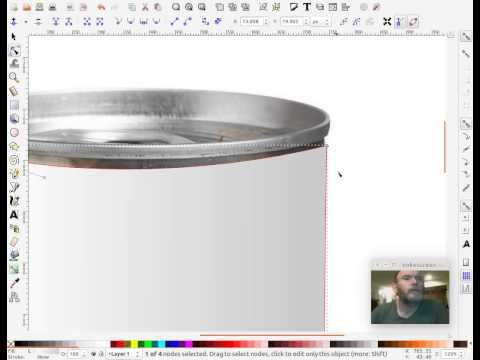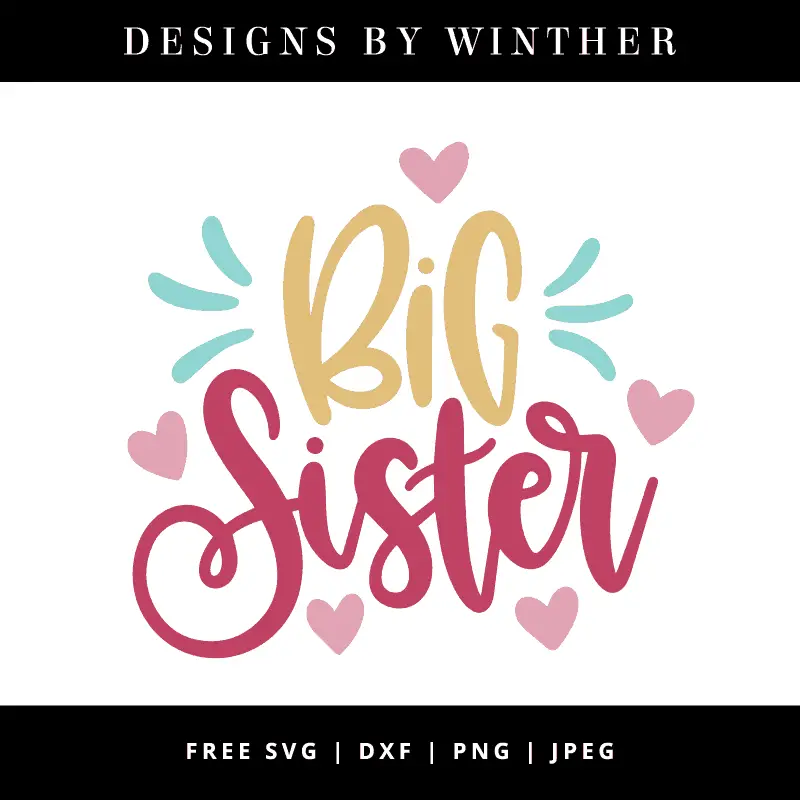


We then calculate output-2: The more a point is close to Left and Right, the less it will be affected by output-y. We notice again that their sum is constant. The weight coefficients used were y(Bbox_y - y) and (Bbox_y/4) - y(Bbox_y - y). The following figure illustrates the process. Our first result is the calculation of output-1: The more a point is close to Top and Down, the less it will be affected by output-x. Indeed, in the end we will average two different results. The final step uses the same method but is not as accurate as the previous operation. Using the same model, the second step is to blend the Left and Right Deformations (we name it output-x). Indeed, we only have then to divide the result by Bbox_y to scale it to the original size. It is important to notice that y + (Bbox_y - y) = constant. (Bbox_y - y) * Deformation-Up + y * Deformation-Bottom We generate the blended path (named output-y) with the following formula: To do this, the rule is simple: the Top deformed path must be dominant for small y and the Bottom deformed path must be dominant for small (Bbox_y - y). The first step is to blend the Top and the Bottom deformation. So we had to find simple weight coefficients to use. To do this, we will use weighting: The closer a point is to a Bend Path, the more it will be affected by this Bend Path. Then the idea is to blend those four deformed paths is order to generate the final deformed path. Each path represents a side of the deformation envelope and acts as a Bend Path effect. We first define four path parameters around the item bounding box: Top and Bottom, Left and Right. The code of Envelope Deformation uses the Bend Path code.


 0 kommentar(er)
0 kommentar(er)
